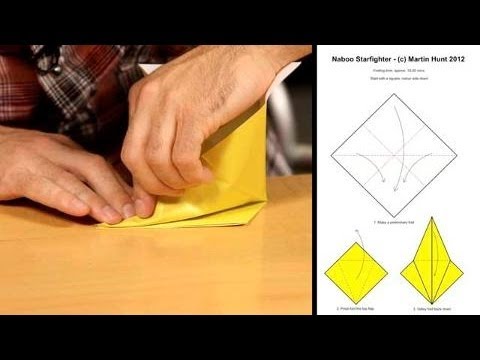Dynamic and Alive Objects: The Art of Transformable Design
Summary
In this article, we explore the concept of dynamic and alive objects that can transform and move around us to create new experiences and functional benefits. We discuss the work of Chuck Hoberman, a designer who specializes in creating transformable objects, and his central idea of transformable design. We also delve into the potential of adaptive buildings and breakthroughs in origami design.
Table of Contents
- Chuck Hoberman and Transformable Objects
- Adaptive Buildings: Transforming Spaces
- Origami Design: Foldable Furniture and Non-Invasive Medical Devices
- Conclusion
Chuck Hoberman and Transformable Objects
Chuck Hoberman is a designer who has dedicated his career to creating transformable objects. He was inspired by the way clouds change in the sky and how flowers unfold, and he asked himself how he could make objects transform in the same way. Hoberman has designed various transformable objects, from toys to large structures, and even materials that could be used for disaster relief.
One of Hoberman’s most iconic designs is the Hoberman Sphere. Made up of 400 individual plastic pieces, the sphere moves along programmed paths to expand and contract like an expanding universe. Although it wasn’t designed to be a toy, it became one due to its popularity with children. Hoberman’s fascination with math, materials, and mechanics has led him to create various designs for entertainment and practical purposes.
Hoberman’s central idea is transformable design, creating objects that aren’t static and can be reused instead of disposed of. His designs are not only aesthetically pleasing but also functional, with applications in various fields such as architecture, engineering, and medicine.
Adaptive Buildings: Transforming Spaces
The potential of transformable design is not limited to objects but can also be applied to buildings. Adaptive buildings are spaces that can transform according to different uses. For example, a conference room can transform into a theater or a classroom. This concept has the potential to revolutionize the way we use and interact with buildings.
Adaptive buildings can also have environmental benefits. By transforming spaces, buildings can adapt to changing weather conditions, reducing the need for heating and cooling systems. This can lead to energy savings and a reduction in carbon emissions.
Origami Design: Foldable Furniture and Non-Invasive Medical Devices
Hoberman’s latest obsession is designing large-scale origami structures that can expand and contract at the push of a button. Origami design has come a long way in recent years, with breakthroughs in materials science and engineering leading to new possibilities.
Foldable furniture is one area where origami design has the potential to make a significant impact. Imagine being able to fold up your furniture and store it away when not in use, freeing up valuable space in your home. Origami design can also be applied to non-invasive medical devices, such as stents that can be folded up and inserted into the body through a small incision.
Conclusion
Transformable design has the potential to create new experiences and functional benefits in various fields. Chuck Hoberman’s work has shown us the possibilities of transformable objects, while adaptive buildings and origami design offer new possibilities for the future. As inventors and designers, we should continue to explore the potential of transformable design and create objects that are dynamic and alive.






